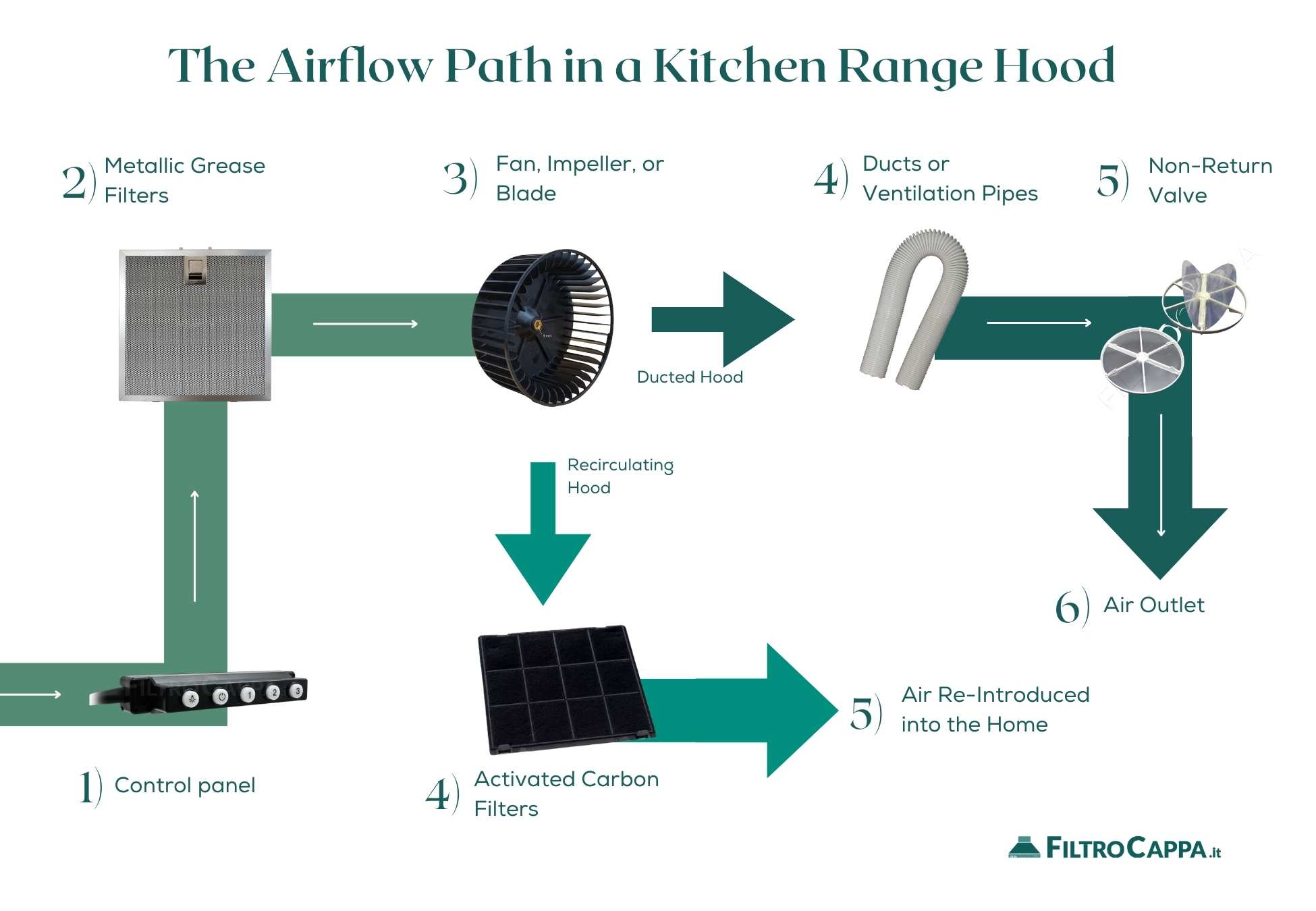Over time, grease and dirt can accumulate on the filters and internal components of the hood, compromising its suction efficiency and, consequently, the air quality in your kitchen.
To maintain its functionality, we recommend:
- Regularly checking and cleaning grease filters: Ensure they are free of buildup to maintain proper airflow.
- Replacing activated carbon filters: This helps preserve their filtering capacity.
- Monitoring for abnormal noises: If you hear loud rustling or metallic sounds from inside the hood, refer to our guide to identify the cause.
- Ensuring the hood doesn’t emit unpleasant odors: This could indicate a maintenance need.
If you notice significant wear, you can order replacement parts directly from the Filtro Cappa website. We stock over 10,000 types of spare parts for all hood models and brands.
(And if you don’t find it, contact us! We’ll source it for you! ?)



